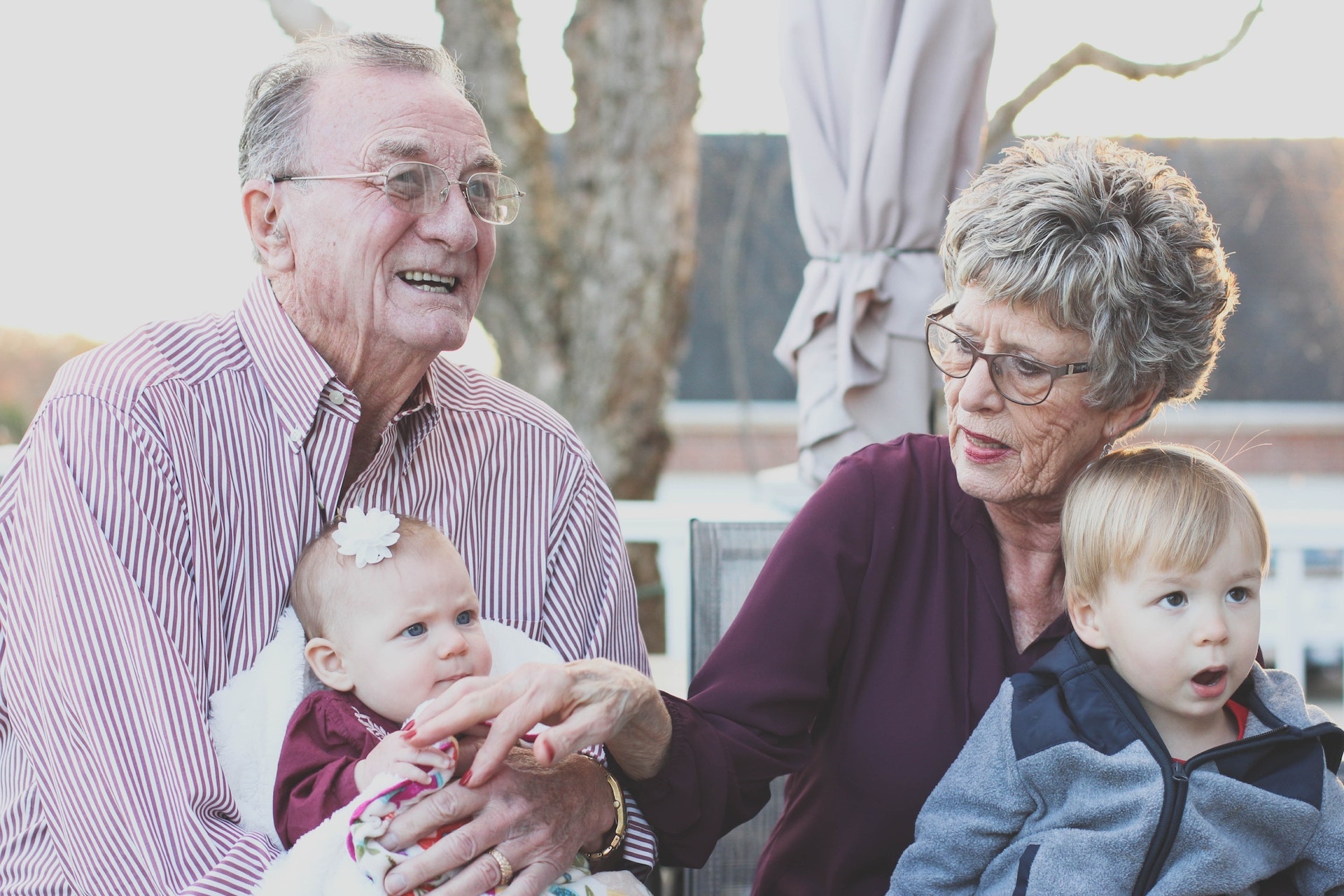
Care home fee planning
Care home fees can cost around £50,000 a year. You may fear having to sell your home to fund the cost of care or that the fees alone will drain your estate reducing the inheritance for the next generation.
We have extensive experience advising whether you are eligible for financial help from your local council or if the NHS should be paying the full cost of care and offer representation if you think your assets have been overvalued or you’re being asked to pay more than you should.
We have developed solutions to mitigate the cost of care such as our fixed fee GLP Property Protection Will – which will allow you to potentially safeguard at least half the value of your property.
If you need residential care whether at home or in a care home, the Local Authority will undertake a financial assessment determine whether you can afford to pay the full fees, part of them or none at all.
Thresholds:
Capital (savings and property)* England
Over £23,250
You must pay full fees (self-funder)
Between £14,250 and £23,250
The local authority will assume that this generates an income and this will be taken into account for your care home fee contributions.
Less than £14,250
This will be ignored and won’t be included in the means test
Income
Certain types of income, such as money from certain disability benefits and pensions, may not be counted in the means test. All other income can be taken into account.
After reaching the lower thresholds, the Local Authority will take into account any Attendance Allowance and State Pension.

Our GLP Property Protection Trust is beneficial
The GLP Property Protection Will has been developed so that potentially half the home does not pass outright to the survivor in a simple Will arrangement but instead passes into a Trust – with the condition that the surviving co-owner (usually a spouse) can stay in the property for the remainder of their life – so that only the half owned by the survivor needing residential care is assessable
Example:
Brian is married to Sheila and they have one son called Andrew. They have a ‘mirror Will’ leaving their entire estate to each other on the first death and then onto Andrew on the second death.
Brian and Sheila have joint assets worth £180,000 (a house worth £150,000 and £30,000 savings). After Brian’s death, Sheila will receive the entire estate worth £180,000.
If, after Brian’s death, Sheila has to go into residential care then she would be assessed as having £180,000. She would be well over the £23,250 threshold so she would have to meet the full cost of her care until her capital is reduced to this limit.
If Sheila spends a little over 4 years in a care home at £35,000 a year (£140,000 in total) that would leave only around £30,000 left for Andrew when Sheila dies.
If, however, Sheila and Brian each have a GLP Property Protection Will then after Brian’s death, half the value of his home (around £75,000) is passed into Trust rather than to his spouse, Sheila, outright. Even though Sheila only owns half the house she is allowed to live there for the remainder of her life.
If, following Brian’s death, Sheila ultimately needs residential care she would be assessed as having the savings but only half the value of the house (£75,000) because Brian’s half is in a trust so is disregarded.
So on Sheila’s subsequent death, no matter how much care home fees were incurred, Andrew would inherit at least half the value of the home.
During your lifetime you have the right to continue living in the property. If the property is sold to purchase a new property you will have the right to live in the new property for the rest of your life. If there are any proceeds remaining from the sale you will have the right to the income that is generated.
These arrangements can be expanded to include other assets, not just property.

